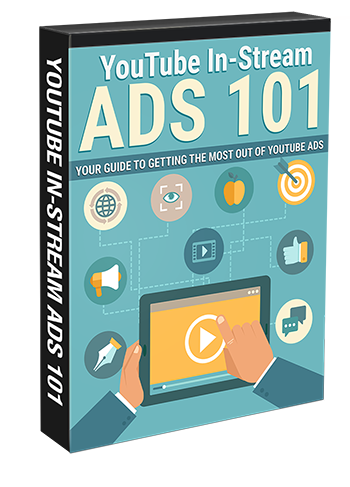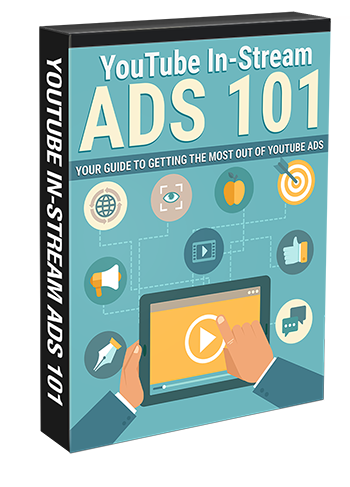Bizknowledge Insider
YouTube in stream ADS 101
YouTube in stream ADS 101
Couldn't load pickup availability
Introduction
YouTube, with over a billion users and significant traffic from the 18-49 age demographic, is an ideal platform for advertising. The guide highlights YouTube's potential for generating leads and conversions through video ads, which are highly engaging and effective.
Types of YouTube Ads
The guide outlines three main types of YouTube ads:
1. In-Stream Ads: Video ads that play before the main content and can be skipped after five seconds. They are effective for branding and getting high impressions.
2. In-Display Ads: Ads that appear in the sidebar or at the top of related videos. They are best for driving views to specific YouTube videos.
3. In-Search Ads: Ads that appear above search results when users search for specific keywords. They direct traffic to YouTube videos.
Prerequisites
To start advertising on YouTube, advertisers need:
- A Google account.
- An AdWords account.
- A linked YouTube account to AdWords for purchasing ads.
Creating Your Landing Page
Creating a dedicated landing page for YouTube traffic is recommended for better tracking and targeting. Adding a conversion pixel helps measure ad performance and optimize campaigns.
Creating Videos
High-quality video ads are crucial. Tools like PowToon, VeeRoll, ScreenFlow, and Camtasia are recommended for creating professional videos. Uploading the ad video to YouTube ensures it gets free views and is available for the ad system.
Campaign Creation
The guide details various targeting methods for in-stream ads:
- Keyword Targeting: Target specific keywords related to the ad content.
- Interest/Topic Targeting: Target users based on their viewing history and interests.
- Placement Targeting: Choose specific videos or channels to display ads, ensuring relevance.
- Retargeting: Target users who have previously visited the advertiser's website or landing page.
Campaign Creation Process
Creating a YouTube ad campaign on AdWords involves:
1. Logging into AdWords and adding a new video campaign.
2. Naming the campaign, setting the budget, selecting locations, and choosing the target language.
3. Naming the ad group, selecting the uploaded video, choosing the conversion type, and setting the ad format to in-stream.
4. Setting the bid amount and selecting targeting methods.
5. Saving the ad group.
Share

